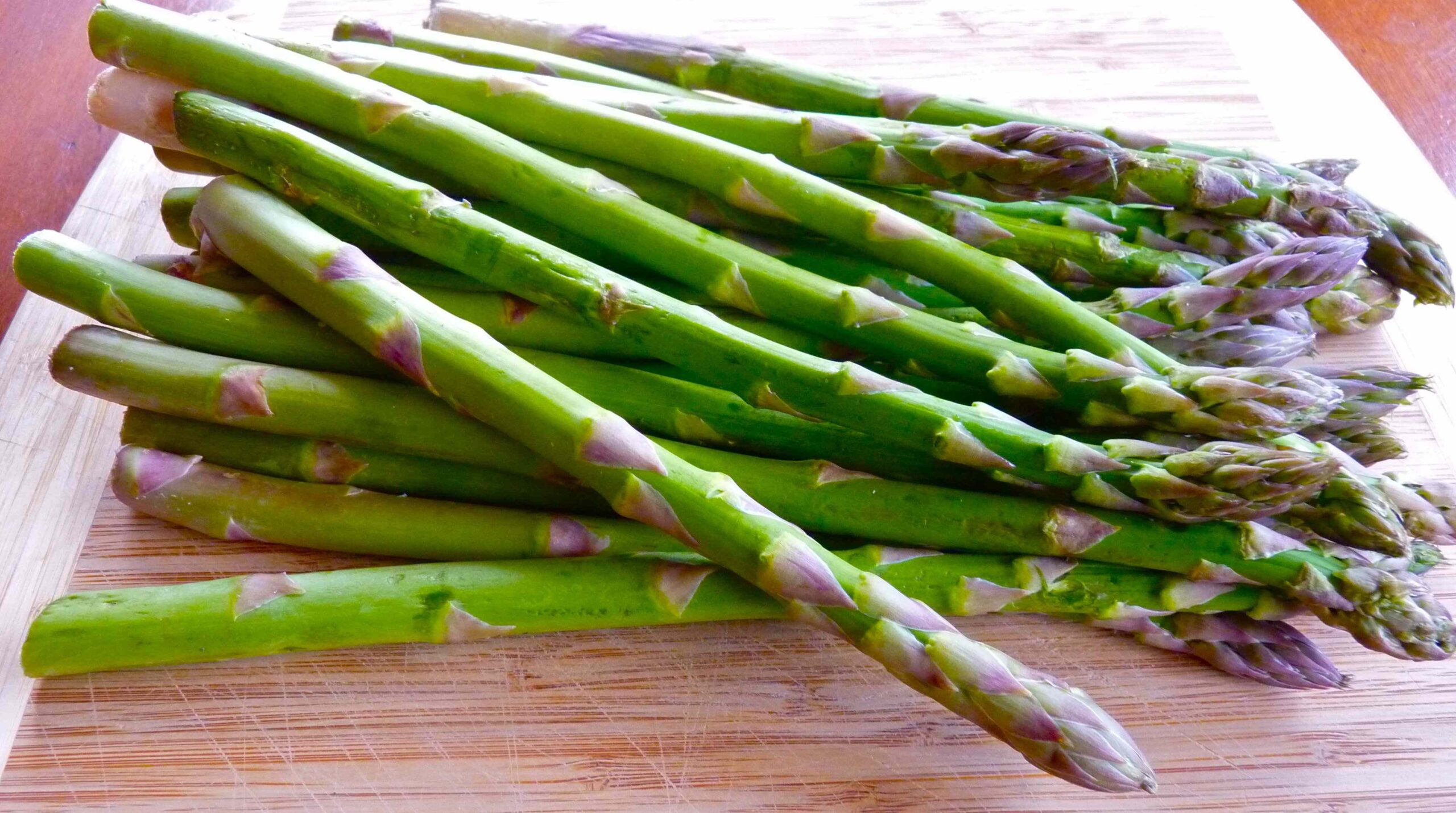:max_bytes(150000):strip_icc():format(jpeg)/Asparagus-56a2a8a13df78cf77278871a.jpg)
While asparagus tends to be a spring and summer favorite, it doesn’t always live up to its full flavor potential. From bitter ends to mushy stems, this tricky veggie can be one of the most difficult to get just right. I recently learned a scientifically proven way to bring these stalky veggies from meh to magnificent—and it all starts with storage. Let’s dig into the science.
What Exactly is Asparagus?
Asparagus is a perennial vegetable, which means that once planted, it will return year after year, often for decades. Native to parts of Europe and Western Asia, it’s technically neither a root nor a stem vegetable. The part of the plant that we eat is actually a specialized stem structure, or spear, that appears during its brief transitional stage between shooting and leafing. If left uncut, asparagus plants will develop fern-like leaves, berries, and foliage. We harvest the stalks during the plant’s adolescent stage when the sugar content has peaked. The problem is that once harvested, the ends become woody, and the sugar content is quickly depleted. Asparagus spears are still living after they’re cut, and improper storage renders them dull, bitter and fibrous.
How To Make Bitter Asparagus Taste Better
What if we treat asparagus more like fresh cut flowers? Look no farther than the Patron Saint of Curious Cooks himself, Harold McGee. In his 2024 book, On Food and Cooking, McGee writes that asparagus consumes its sugars more quickly than any other common vegetable. “This process causes asparagus to taste flatter and less interesting within 24 hours after harvest.”
McGee recommends trimming the ends of the spears, standing them in a glass of water and refrigerating until cooking to make them juicier and more flavorful. I was inspired by the Instagram page of Cooks Illustrated, which took this a step further, creating a sugar solution for their spears. They recommend using about 4 teaspoons of sugar per cup of water, about 7 percent. Not only will your asparagus be juicer, it will be sweeter and more flavorful.
Why It Works
Trimmed asparagus, just like fresh cut flowers, are still living and able to absorb nutrients through their delicate vascular systems. Placing them in a 7 percent sugar-water solution, mimicking the natural sugar level of most living plants, allows them to suck up both the water and sugar molecules. This process serves to plump and replenish the stalks, resulting in crisp, flavorful asparagus, without the slightest hint of woodiness.
This simple storage trick might just be the key to the crisp, sweet asparagus you’ve always dreamed of. Adding freshly cut spears to a 7 percent sugar-water solution not only rehydrates, but feeds them, slowing the rapid sugar metabolization that occurs post-harvest. Next time you bring home a bunch of asparagus, treat them like fresh cut flowers. It’s a small ritual that pays off in flavor, texture and is a celebration of one of the best examples we have of science-based kitchen magic.

